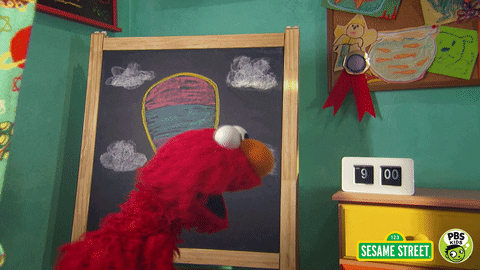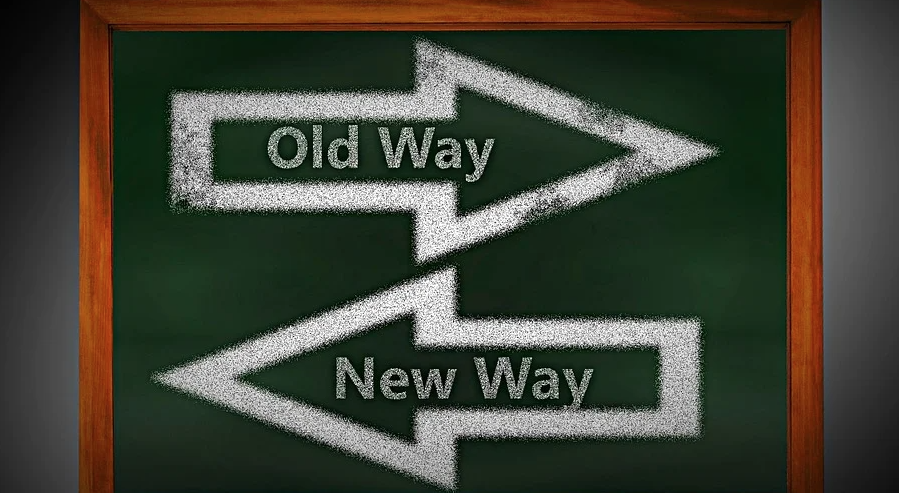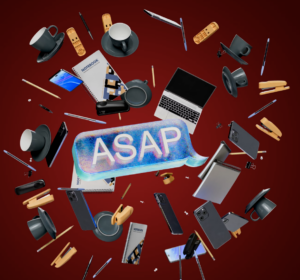Have you heard the joke about the proposal made from a previous job?
Probably not. Because it’s not funny.
But I’m getting ahead of myself. Per our wonderful advice on executive summaries, let me start with a story.

It begins with a handsome CCS editor – let’s call him Douglas – opening up an InDesign file for one of the 40 proposals shipping that day. That’s a daunting number, but it’s nothing this incredible editor can’t handle. Plus, the job notes say this proposal is based on a previous job, so that means it should be easy (in the story business, this is called foreshadowing).
The proposal opens innocently enough with a description of students at NKU enjoying a delicious meal at the McMindes Cafe on campus. It’s noted that the chefs are sourcing local products from within 50 miles of Cincinnati, complying with the university’s sustainability program, Go Green.
Douglas begins with basic proofreading tasks like fixing “manger” to “manager” and lowercasing university – for the millionth time – as well as removing the extra spacing after periods and making foodservice one word. That’s what editors are hired/expected to do, right? Clean things up and make sure that on-site is hyphenated in all instances because that’s what AP Style says and so, by golly, that’s how it’s going to be.
But did you know the McMindes Cafe is at FHSU, which doesn’t have a sustainability program named Go Green (nor does NKU) and also happens to be located in Hays, Kansas – more than 800 miles from Cincinnati.
Plot Twist
Luckily, Douglas and the other amazing CCS editors would never let the story end there. Because, unfortunately, this is a tale as old as time and one that is not sector-specific. So, while we’re always
watching out for minor edits in grammar and the like, the editors are equally mindful to review for accuracy – even when something comes to us that’s “all template” or “just a client name change.”
But, because every good story should have a happy ending, let’s go all the way back to the real beginning of the story and imagine that instead of using an old proposal as a base, the draft was created from the template.
What would be different?
- Time saved
Let’s be clear: We know sales reps aren’t playing the role of villain in this story. However, oftentimes the reasons we hear for old proposals being used are because the job is for another location for the same client, because of previous success with that proposal or because the thought is that it would be faster. These are all red herrings, though. Consider the time it takes you to scrub the old file of old client information, not to mention the time the proofing team also uses. More than that, consider how much the world changed from 2019 to 2020.
Compass Group is constantly piloting new programs, opening new concepts and making new partnerships. Trainings get discontinued or change names, people come and go … things change! Unlike an old proposal draft, the templates are kept as up to date as possible to account for all these changes, remaining accurate in terms of the information, design standards as well as in tone; we can’t emphasize enough how often we have to remove the word “recent” from old proposals talking about surveys or technology initiatives.
Save your time and ours, and simply start fresh with a clean template file. - Happier clients
In a Choose Your Own Adventure story style, where the amazing editors aren’t there as a safety net for those hidden errors – like, for instance, when proofing is waived because of time or because “it’s just a simple name change” – how do you think a client would react to opening up a beautifully designed proposal and suddenly reading a fact that wasn’t true about their company? As Henry David Thoreau once said, “Consistency and accuracy instill believability.”
Don’t sacrifice losing your client’s trust for something easily avoidable. - Time earned
Yes, you’ll ultimately save time choosing to start with a clean template as opposed to an old draft, but that’s not all! With all that free time where you’re not scouring the proposal for inaccuracies or things that need switched out or updated, you can work on crafting an eye-popping, jaw-dropping executive summary. This is a section that should never be recycled, and one that will help create happier clients, too. Don’t consider yourself a writer? Use that extra time to work with a CCS editor and we’ll help you make that executive summary shine!
The moral of the story
It wouldn’t be a proper story without a moral. Thus, we hope you leave this blog understanding that the easiest way is not always the best way.
And also remember that Bernard Kelvin Clive is the one who said, “Consistency and accuracy instill believability,” not Henry David Thoreau. Sorry, I was using an old blog as my base.
(Now that joke is funny!)
Don’t be sad. We’ll be back on the first Monday next month with a new blog post. If you can’t wait that long – whether because you have a topic you’d love us to cover, a question or you simply want to throw your two cents into the pot – we love talkin’ shop, so drop us a line.






